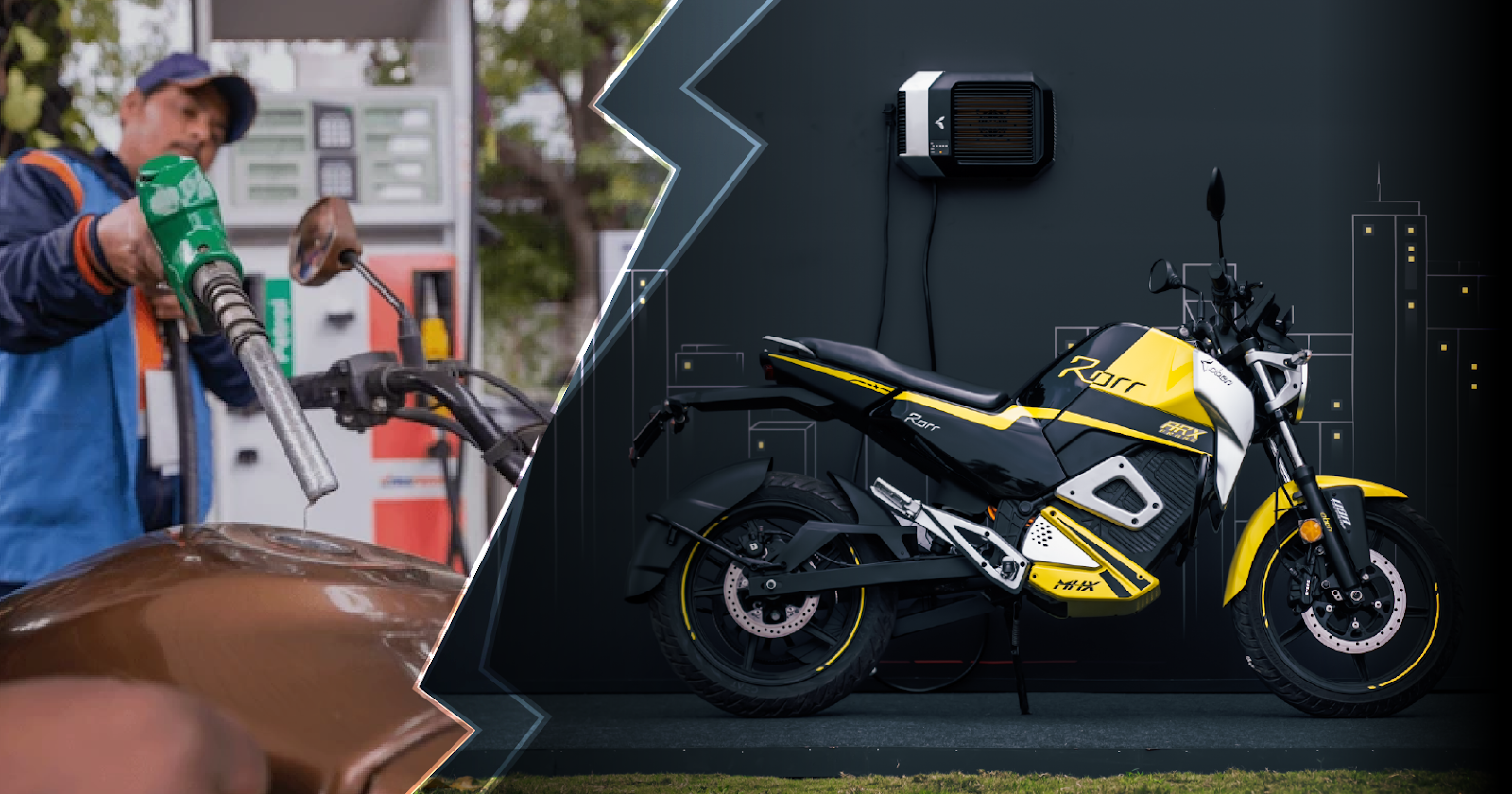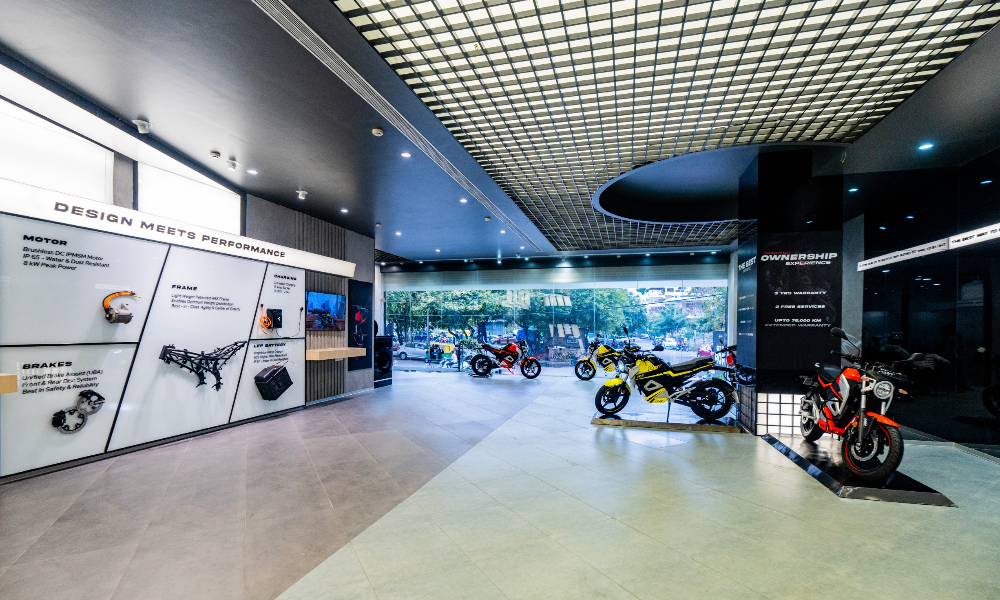- ALL
- TRENDING
- PERFORMANCE
- CHARGING
- BATTERY
- DESIGN
- TECH
- NEWS
Electric vs Petrol Bike: Which is Better?

Table of Contents
- Initial Purchase Cost
- Running Costs
Electric bikes have emerged as a major disruptor in the bike market. With zero emissions, low maintenance costs, and performance comparable to petrol bikes, they are becoming a popular choice for motorcycle enthusiasts. While petrol bikes are known for their established technology and performance, electric bikes cater to a growing demand for sustainable and cost-effective transportation..
But which option is truly more cost-effective in the long run? Let’s find out through this electric vs petrol bike comparison.
Electric vs Petrol Bikes: Initial Purchase Cost
Electric motorcycles typically have a slightly higher upfront purchase price than petrol bikes because of the high cost of electric batteries. However, this price difference is set to shrink as the electric vehicle industry expands its operations. Also, government subsidies and tax benefits offers an attractive incentive to e-bike purchasers. Under the PM E-DRIVE scheme, the government offers a subsidy of up to ₹ 10,000 on electric two-wheelers.
Petrol motorcycles might have relatively lower upfront costs owing to cheaper technology and established supply chains. However, the picture changes when you factor in additional expenses such as fuel vs electricity cost for bikes and running and maintenance costs.
Electric vs Petrol Bikes: Running Cost
A petrol bike’s running cost is much higher than an electric bike’s. Charging an electric bike fully requires 2-5 units of electricity, with each unit costing about ₹8- ₹10, depending on your area. If it takes 6-10 hours to charge an e-bike fully, it costs only 20 to 25 paisa per kilometre to travel on an electric bike. As a result, riding your e-bike for 50,000 km will only cost you ₹10,000.
In the case of petrol bikes, for the same distance of 100 km, you will need somewhere around 2-3 litres of petrol. Considering the current fuel prices at ₹105, your total cost will be around ₹210.
Electric vs Petrol Bikes: Maintenance Cost
Electric motorcycle maintenance costs are much lower than their traditional counterparts. Due to fewer moving parts, there are fewer mechanical failures, and regenerative braking reduces wear and tear. Maintenance may include regular battery checks every 6 months and replacements, mostly needed after 5 years of ownership. Moreover, as battery technology advances, the cost of ownership of electric motorcycles will only continue to improve.
In contrast, petrol bikes typically need regular maintenance every 3-6 months. These include oil changes, spark plug and brake pad replacements, and engine maintenance. All this makes petrol bike servicing charges a recurring and substantial expense.
Electric vs Petrol Bikes: Insurance Cost
Insurance cost for electric motorcycles is lower because they have fewer components that are easier to maintain. This significantly reduces the cost of repairs.
Petrol motorcycles require comparatively higher insurance coverage. They contain more mechanical parts that are prone to frequent wear and tear, which also adds to the cost of ownership of petrol bikes.
Final Thoughts
It has become abundantly clear that while petrol bikes might have a marginally lower price tag, electric motorcycles are more cost-effective, offering better returns in the long term. Their low maintenance and running costs, coupled with eco-friendly features, make them the future of mobility.
Are you in the market for electric motorcycles? Find your electric ride at Oben Electric, which offers high-performing e-bikes like the Oben Rorr EZ and Oben Rorr. Their smart technology and sophisticated style make them a superior choice to petrol bikes.
Book a test ride with Oben Electric today!




